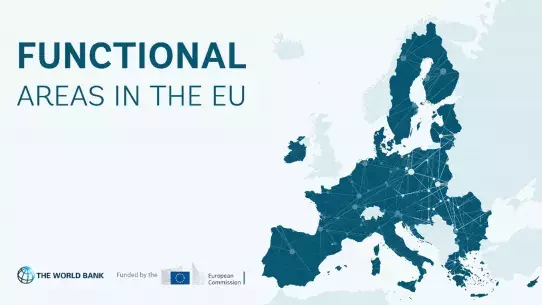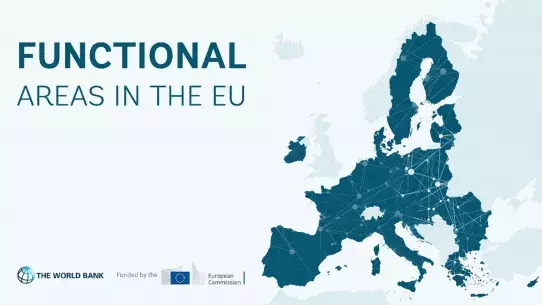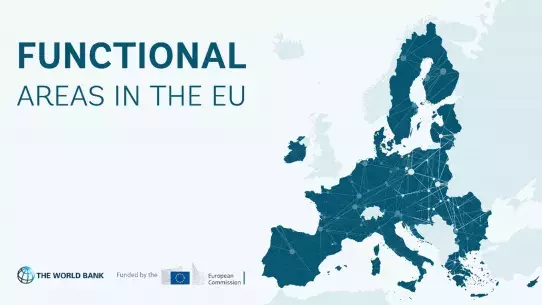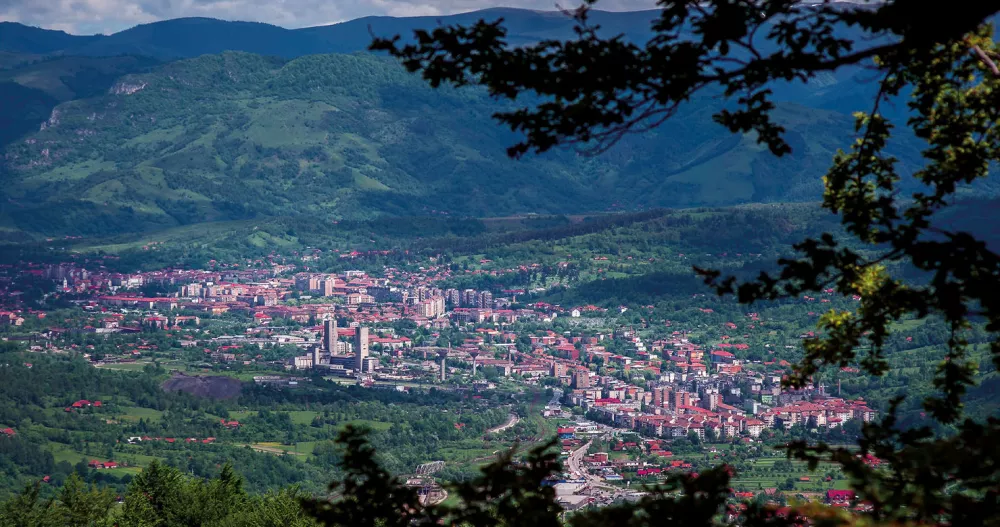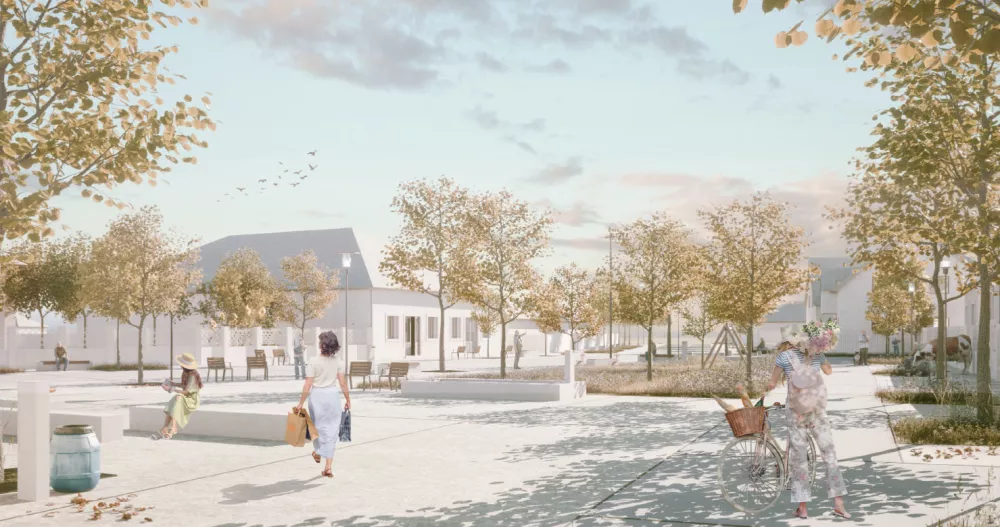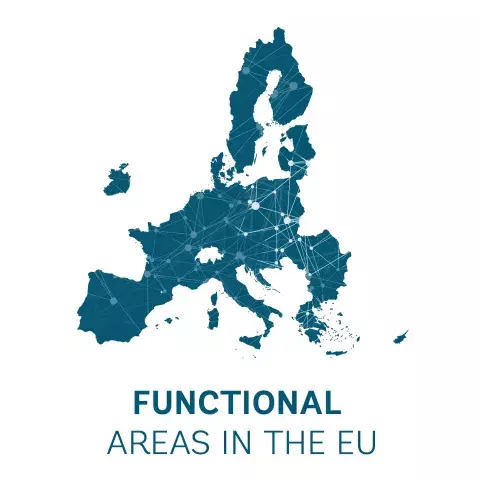
GOVERNANCE
Challenge
Caraş-Severin is a county that is currently building on the basis of a past with great success from an industrial and technical point of view, but in transition today to means of economic growth oriented towards tourism and services, as well as through sustainable exploitation of the area’s resources. Governance challenges relate to the partnership to implement the most effective joint projects to reduce disparities between the two counties.

Solution
The authorities from Timiș and Caraș-Severin counties, but also from the municipalities of Reșița and Timișoara, have signed a partnership for the development of a common infrastructure in the region. On December 1, the protocol was initiated at the Timiș County Council by Ioan Popa, the mayor of Reșița, Romeo Dunca, the president of the Caraș-Severin County administration, Alin Nica, the president of the Timiș County administration and Dominic Fritz, the mayor of Timișoara.
The partnership agreement aims to collaborate in order to carry out joint transport and mobility projects in the two counties, as well as to ensure the necessary framework for accessing funding, implementation and monitoring of these projects. More precisely, the four administrations intend to modernise the railway infrastructure for the implementation of the “train-tram” type transport solution on the route Reșița Sud – Bocșa – Timișoara Nord and to ensure the connection with the “Traian Vuia” Airport. In addition, such a technical solution is also considered on the route Berzovia – Oravița – Anina.
The partnership also attaches great importance to road infrastructure. It is thus desired to build a new road, Expressway with three lanes, between Berzovia – Buziaș – Topolovățul Mare – A1 Motorway. The extension to four lanes of the road Moșnița Nouă – Buziaș (DJ 592) is also considered, as well as the modernization of the inter-county road DJ 684 on the route DN 68A (Coşava) – Tomeşti – Luncanii de Sus – county limit CS – DN 68 (Voislova). The approach of the four authorities will considerably increase the chances of the projects to receive European funding, as the new program, 2021 – 2027, focuses precisely on the modernization of the regional transport infrastructure.
Key benefits:
- efficient connectivity
- reduced economic disparities between two counties with distinct economic profiles
- reduced commuting times from Reșița to the Traian Vuia Timișoara Airport
- opportunity for a greater accessibility for smaller municipalities along the main connectivity routes
- reducing marginalisation for marginalised communities along the transport networks in Timișoara and Reșița
Other best practices
About this resource
In 2021, the European Commission launched a pilot project to improve functional area approaches in the EU and has partnered with the World Bank to implement this initiative. As part of the project, the project team collaborated with 12 functional areas from seven EU countries, providing them with tailored technical support and assistance: Zagreb Urban Agglomeration (Croatia), Brno Metropolitan Area (Czech Republic), West Athens (Greece), Lake Balaton Area (Hungary), Kalisz-Ostrów Agglomeration, Kraków Metropolitan Area (Poland), Jiu Valley and Jiu Conurbation Functional Area, Caraș-Timiș Functional Area, Cluj Metropolitan Area, Oradea Metropolitan Area, West Ialomița Functional Area (Romania), and Trenčín Functional Area (Slovakia).
Similar content
